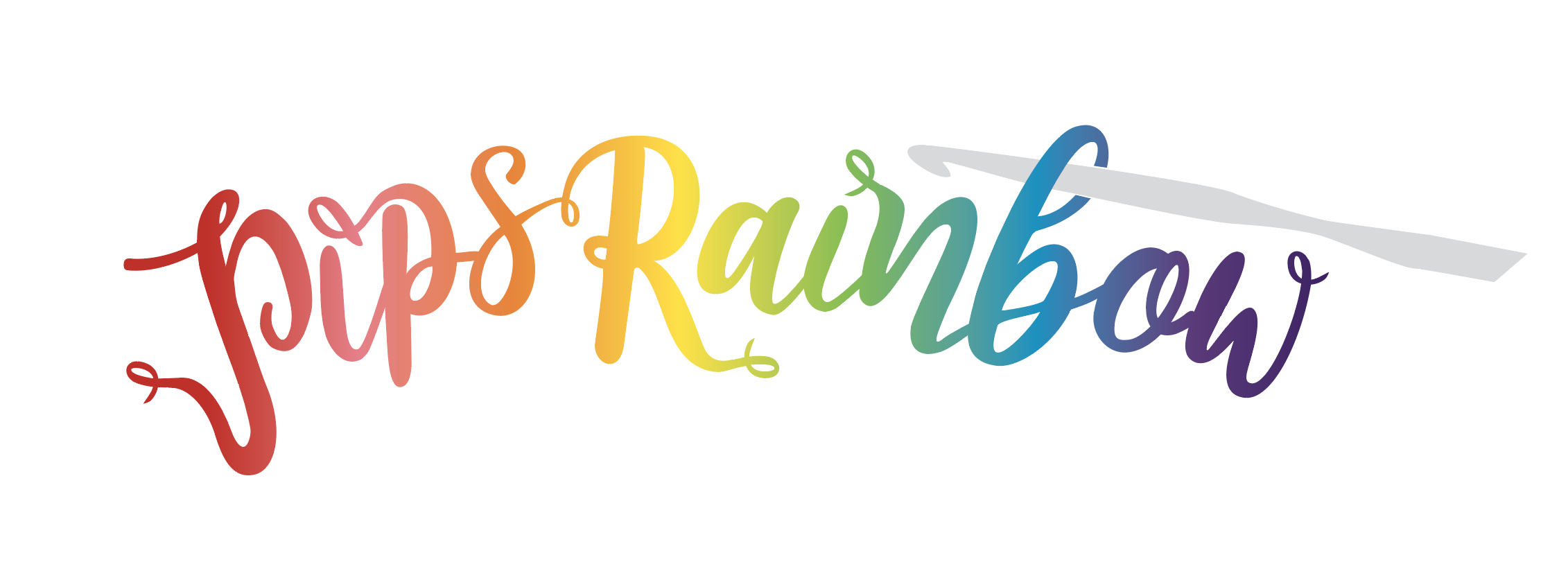Blackberry Salad

Well, what a lovely birthday week!! I’ve have had some lovely pressies and even some beautiful yarn!!! I think everyone knows me well enough now! I think the best moment was when my daughter presented me with a birthday bundle of yarn! She had asked my mum to take her to buy some for me without me knowing! She even knew to buy one of my all time favourites, Sublime and also bought me some 4ply sock yarn so that I can challenge myself!! Bless her!! She thought that was funny!

I was utterly blown away! What a sweetheart! She’s promised to buy me a ball of wool every birthday from now on. Thinking I could start a birthday blanket. Might be fun. She made sure I had a birthday cake too!!

We’ve had a super walk at the local wildlife reserve. I think my son was more excited about feeding the birds than the walk.

We also had a rather eventful trip to the Yoxall Bluebell Lodge. I won’t go into the eventful part of the trip, but let’s just say there was some washing to be done when we got back!! We were first there, but it was starting to get busy by the time we left. It is just a wonderful place of serious bluebell heaveness. I don’t think you can beat a carpet of bluebells. The colour is just divine!!! All the kids had an absolute ball & there was some rather yummy cake at the end of it as well!!

I don’t think you can beat the Spring in all it’s glory!!

Just magical.

Definitely worth a trip if you are in the area.

So all in all a pretty lovely birthday week.
Supplies –
So as it was my birthday, I thought I’d better use one of my favourite colours and I absolutely adore this plum/purple colour. It is such a rich and beautiful colour and goes with all sorts of things. This particular yarn is from the Wendy 100% merino wool range and seems to be sitting really well with all the other colours in the blanket. I am loving now that the blanket is getting big enough for me to use it as a lap blanket when I’m working on it. Seems so snuggly already. Feel like it’s all coming together now. Can’t believe we’re on week 17 of 2018 already! Time is definitely flying!!

Stitches –
Chain stitch (ch) – To make a chain, place the yarn over the hook then pull it through the loop on your hook.
Treble (tr) – To make a treble crochet, firstly yarn over your hook, insert through space/stitch, yarn over your hook, pull back through space/stitch. There should now be 3 loops on your hook. Then yarn over hook and pull through the first two loops, yarn over hook and pull through the last two loops.
Treble 5 together (tr5tog) – *Yarn over your hook, insert into the stitch, yarn over your hook and pull through. Yarn over your hook and pull through the 2 loops.* Repeat ** 5 times. (6 loops) Now yarn over your hook and pull through the first 5 loops on the hook, then yarn over your hook and pull through the last 2 loops on you hook. This completes the tr5tog or otherwise known as a large cluster.
Don’t forget that you can use stitch markers to help you count and check your stitches. I tend to use them in 50’s. So count 50, place a marker. It works quite well as I do tend to loose count towards the end.

Ok so here we go …
1 – Right so we are starting on the right side of the blanket. Attach your new yarn and chain 3. Now work 1tr in the same stitch, then work 1tr in each stitch across the row.

This will give you 200 tr stitches. (200)

2 – Ok to turn your work and chain 1, then work 1dc in the same stitch and then the next stitch. Then work a tr5tog stitch into the next stitch. To do this place your *yarn over your hook and insert your hook into the stitch. Yarn over your hook again and pull through, then yarn over your hook and pull through 2 loops.* Repeat ** 5 times. (6 loops)

Right so yarn over your hook and pull through the first 5 loops on your hook. (2 loops)

Ok so to finish off your stitch, yarn over your hook and pull through the last 2 loops on your hook.

Now insert your hook into the next stitch. You can see where this is on the photo below. Work 1dc in this stitch.

Then work 1 dc in the next 2 stitches.

Now repeat *tr5tog and the 3dc stitches* to the end of the row.

The last 1dc should be worked into the top of the chain 3 stitches from the row below. (200)

3 – Now turn the blanket and work 3 chains. This counts as your first tr. Now work 1 tr in each stitch across the row.
Work the last 1tr stitch in the top of the chain 3 stitches from the row below. (200)
And there you have it! The Blackberry Salad Stitch! I think I say that I love each stitch each week, but this is an absolute corker!! Just love it!! I like that the raised stitch isn’t terribly high, but enough to give it a nice texture.

I really hope you have enjoyed this weeks instalment of Year of the Stitches blanket. So pleased how it’s coming on. It’s such a working progress, but really pleased how it’s coming on. Hope you are too. Here’s to many more weeks of lovely scrummy stitches and yarness!!
Happy hooking everyone.




















